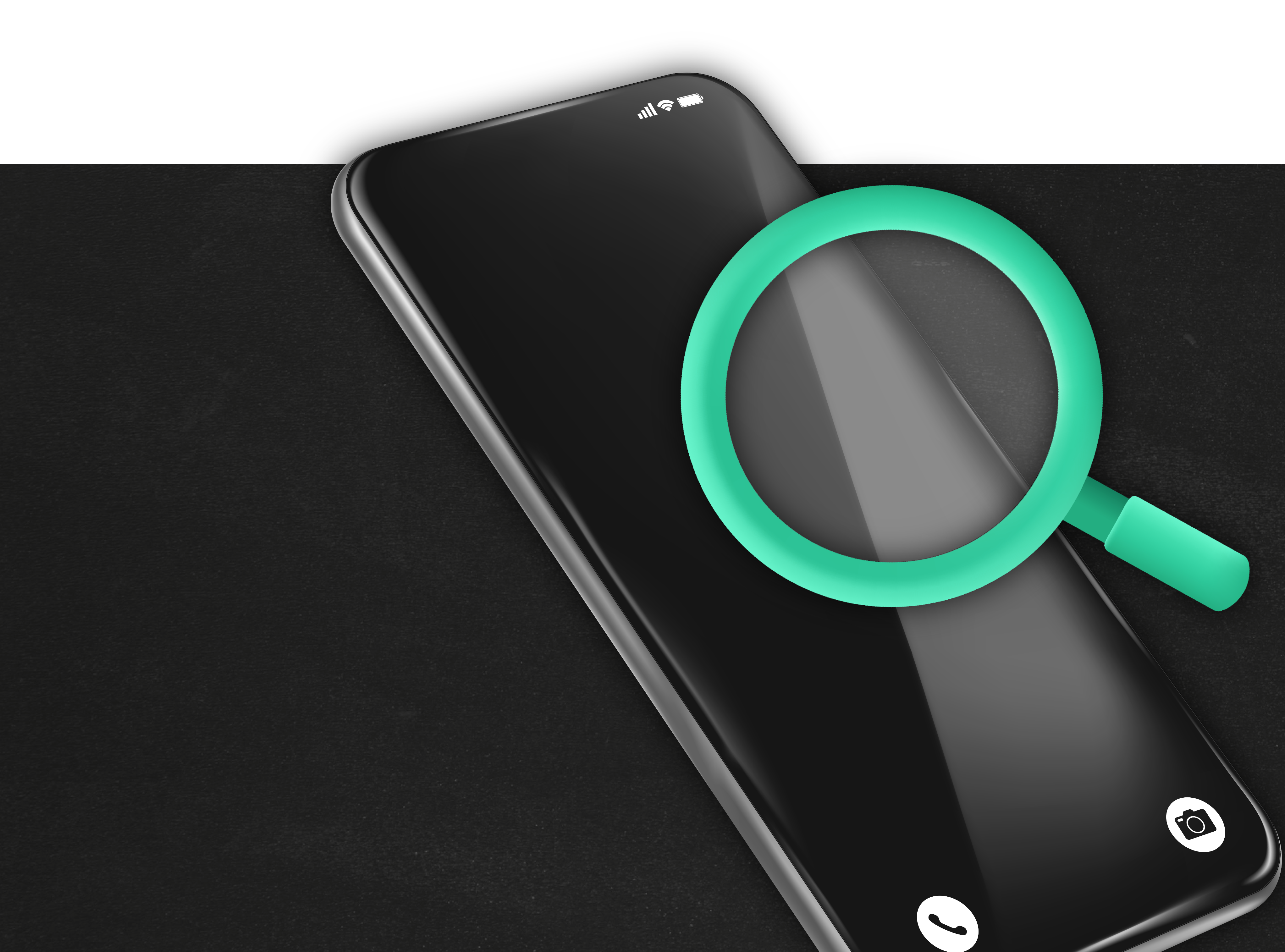
0%

Featured
Featured
How to Optimise Your Website for Mobile Search
5 Min Read
 More and more people are now using their mobile devices to browse the internet. According to a recent study, mobile devices account for approximately half of all web traffic worldwide. This trend has significant implications for businesses that rely on their websites to generate leads and sales. If your website is not optimised for mobile search, you could miss out on a significant portion of your potential audience.
In this blog post, we'll explore the importance of mobile optimisation for your website and provide tips on optimising your website for mobile search.
More and more people are now using their mobile devices to browse the internet. According to a recent study, mobile devices account for approximately half of all web traffic worldwide. This trend has significant implications for businesses that rely on their websites to generate leads and sales. If your website is not optimised for mobile search, you could miss out on a significant portion of your potential audience.
In this blog post, we'll explore the importance of mobile optimisation for your website and provide tips on optimising your website for mobile search.
The Importance of Mobile Optimisation
Mobile optimisation ensures that your website is easily accessible and usable on a mobile device. A website not optimised for mobile can be challenging to navigate, slow to load, and frustrating to use. This can lead to a poor user experience and a high bounce rate. In addition to the user experience, mobile optimisation is also essential for search engine optimisation (SEO). Google and other search engines prefer mobile-friendly websites in their search results. Therefore, if your website is not mobile-friendly, it may not rank as high in search results, which can lead to a decrease in traffic and potential customers.Tips for Mobile Optimisation
- Use a Responsive Design: A responsive design is a design that adapts to different screen sizes. This means your website will look great on any device, whether a desktop, laptop, tablet, or smartphone. A responsive design is crucial for mobile optimisation.
- Optimise Images: Images are often the most extensive files on a website, and they can slow down the load time of your website on a mobile device. To ensure your website loads quickly, optimise your images by compressing them without sacrificing quality.
- Simplify Navigation: Mobile devices have smaller screens, meaning your website's navigation should be easy to use and find. Simplify your website's navigation by using drop-down menus and limiting the number of menu items.
- Use Larger Font Sizes: Mobile screens are smaller than desktop screens, so it's important to use larger font sizes to ensure your content is legible. A font size of at least 14 pixels is recommended for mobile devices.
- Minimise Pop-Ups: Pop-ups can be annoying on desktop devices but are even more frustrating on mobile devices. They can be challenging to close and make it difficult for users to navigate your website. If you must use pop-ups, ensure they are easy to complete and do not cover important content.

